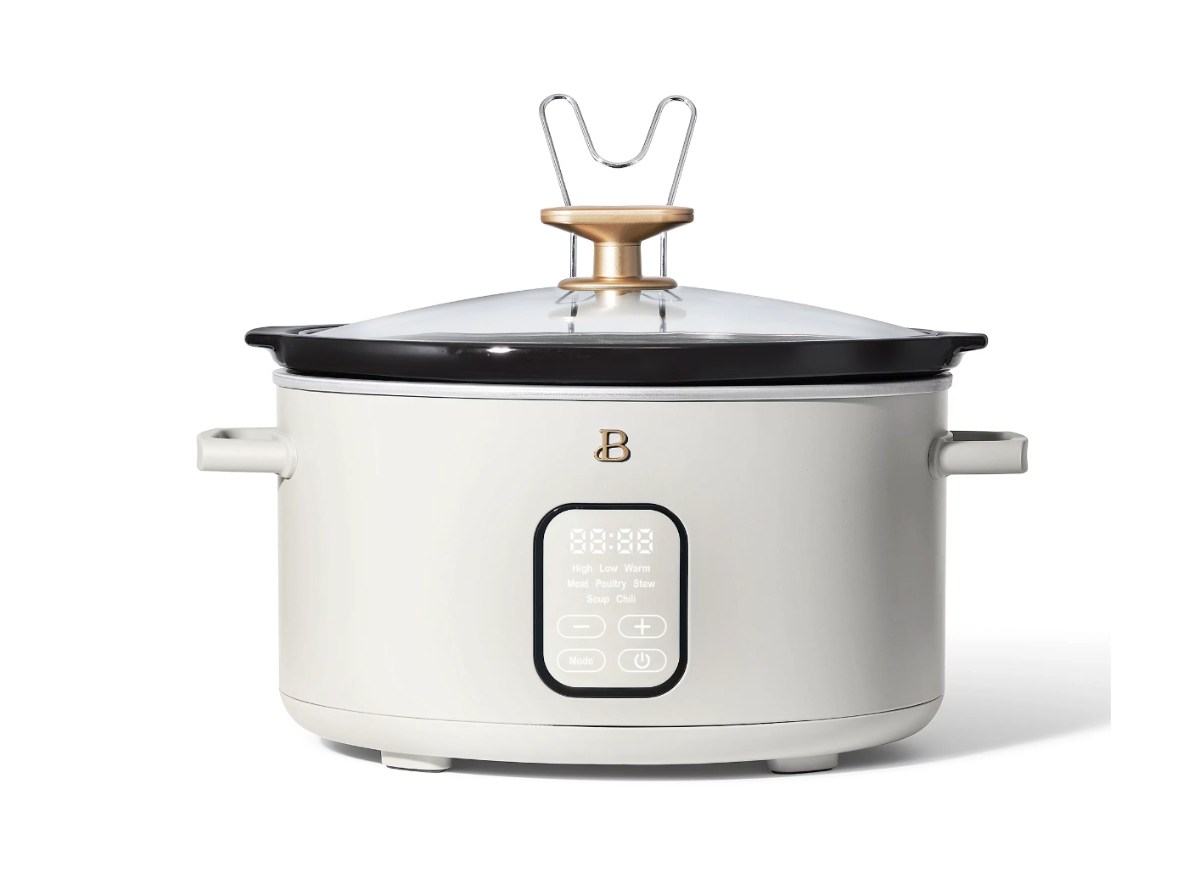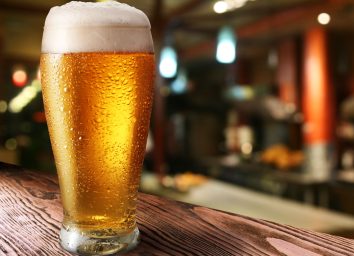The Biggest Danger Lurking in Your Slow Cooker, Say Health Experts
It’s easy to understand why slow cookers are among the most popular cooking appliances in the U.S. They’re wildly easy to use, they cut down on meal-prep time, and they do the hard work of cooking family-size meals while you work, sleep, or binge-watch episodes of Bridgerton. But that doesn’t mean that there aren’t dangers to slow cookers if they’re not properly used (and no, we’re not talking about setting fire to your home, as portrayed on the TV series This Is Us). Read on to learn more about the biggest danger of using a slow cooker, and for more health advice you can use in your own kitchen, make sure you know The Most Dangerous Way to Drink Your Coffee, According to a New Study.
As anyone who has used a slow cooker knows, it works by heating your food at lower temperatures over a longer period of time. According to the USDA’s Food Safety and Inspection Service (FSIS), the optimal temperature for your slow cooker is “generally between 170 degrees and 280 degrees.” It’s in that temperature window, FSIS notes, that the “direct heat from the pot, lengthy cooking, and steam created within the tightly covered container combine to destroy bacteria and make the slow cooker a safe process for cooking foods.”
If you’re cooking poultry, you want the cooker to be set to 165 degrees. For ground meats, 160 degrees, and cooking steaks and roasts, 145 degrees. Ham, meanwhile, can be cooked at an even lower temperature: 140 degrees. But, the lower you go with your temperature, the more you’re flirting with the biggest risk of using a slow cooker. According to FSIS, there is a temperature “danger zone” in which you could be exposing yourself to harmful pathogens: 40 degrees to 140 degrees.
“Pathogens are bacteria or viruses that cause illness,” explains Eileen Haraminac, a Food Safety Educator at Michigan State University. “Although they usually exist in harmless quantities, they can multiply to dangerous levels if food is stored or cook at inadequate temperatures. A safe slow cooker cooks slowly for unattended cooking, yet fast enough to keep food out of the bacterial danger zone in which pathogens grow quickly.”
So, if you’re cooking too slowly at too low of a temperature, you could be unwittingly exposing yourself to illness. Undercooked pork and beef, for instance, may contain bacteria that include salmonella, E. coli, listeria, and clostridium perfringens—all of which may result in food poisoning. According to the leading health experts at Johns Hopkins, the ugly symptoms of food poisoning include “belly cramps, watery or bloody diarrhea, nausea and vomiting, headache, fever, and belly bloating and gas.” The effects can manifest themselves as soon as 30 minutes after eating undercooked food or up to three days later. “Food poisoning symptoms may look like other health problems,” they write. “Always see your healthcare provider to be sure.”
To ensure you don’t get food poisoning, read up on some basic safety tips for properly using a slow cooker, which we’ve provided below. And for more pressing food safety advice, make sure you’re aware of The Silent Danger in Your Kitchen That May Be Polluting Your Home, According to a New Report.
Thaw Your Meat Before Cooking It
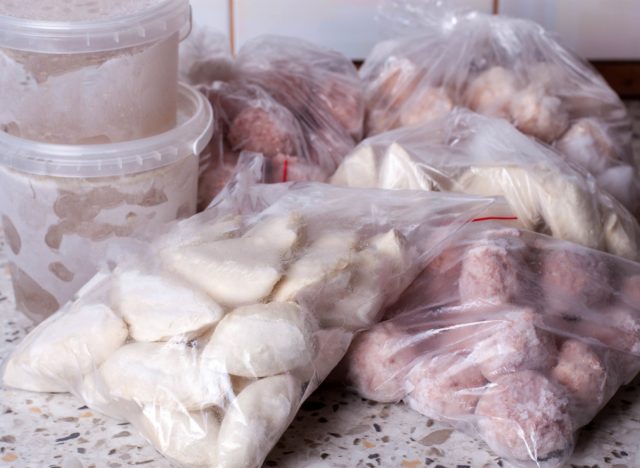
“Always thaw meat or poultry before putting it into a slow cooker,” advises the Louisiana Department of Health. “If frozen pieces are used, they will not reach 140° quick enough and could possibly result in a foodborne illness.”
Layer Your Food Properly
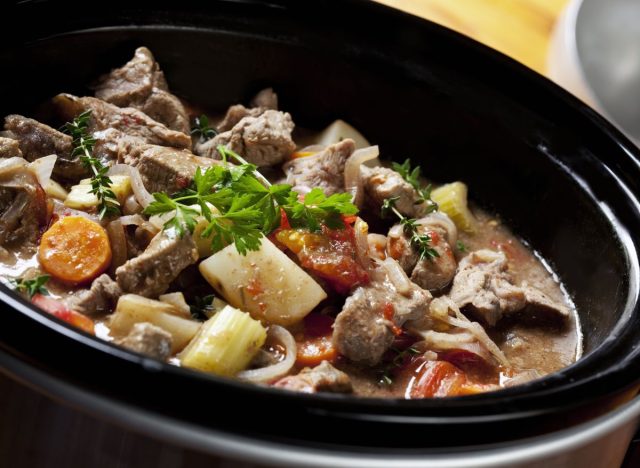
“Vegetables cook slower than meat and poultry in a slow cooker so if using them, put the vegetables in first,” says the FSIS. “Large cuts of meat and poultry may be cooked safely in a slow cooker, however since slow cookers are available in several sizes, consult the instruction booklet for suggested sizes of meat and poultry to cook in your slow cooker. Then add the meat and desired amount of liquid suggested in the recipe, such as broth, water or barbecue sauce. Keep the lid in place, removing only to stir the food or check for doneness.”
Keep the Lid On
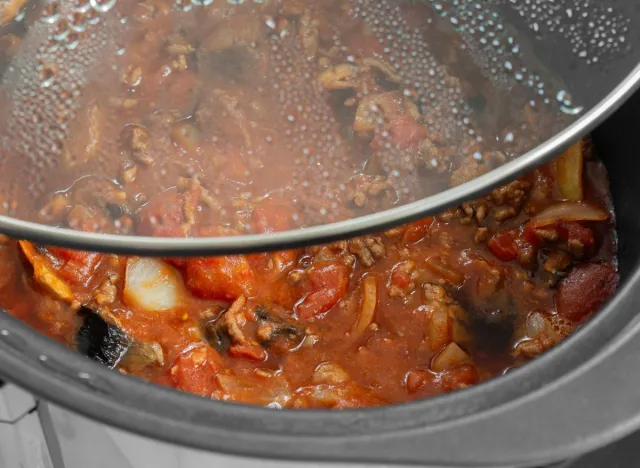
“Do not lift the lid or cover unnecessarily during the cooking cycle,” advises the Louisiana Department of Health. “Each time the lid is raised, the internal temperature drops 10 – 15 degrees and the cooking process is slowed by 30 minutes.”
Don’t Cook on “Warm”
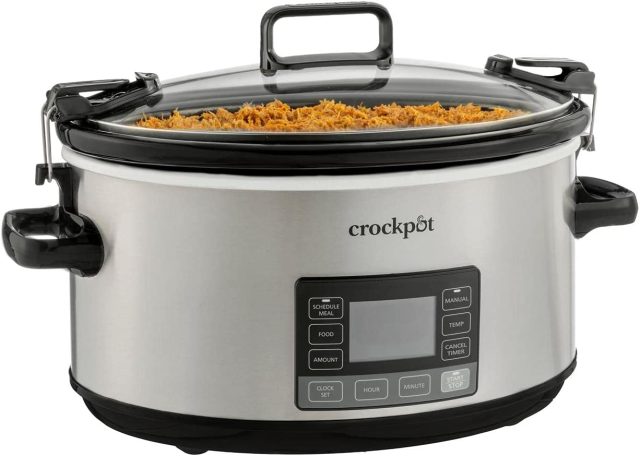
“Do not use the warm setting to cook food,” say health experts at the University of Minnesota. “[That function] is designed to keep cooked food hot.”
Use a Thermometer Before Eating
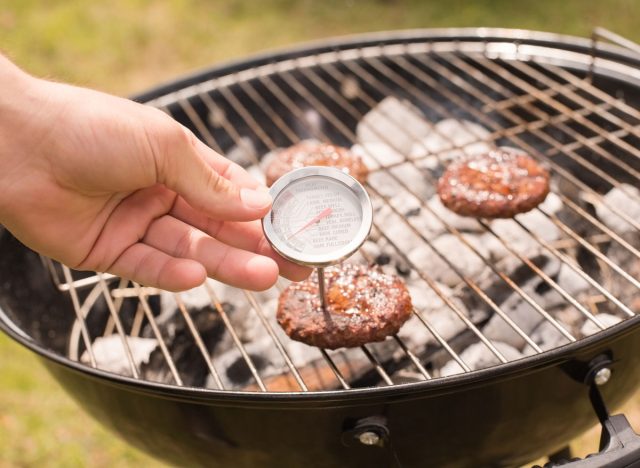
“Before taking a bite, check meat and poultry with a food thermometer to make sure it has reached a safe internal temperate to destroy bacteria,” advises the Louisiana Department of Health. And for more ways to stay safe while eating, make sure you’re aware of all of the Crucial Food Safety Rules You’re Breaking Every Day.
